How to Put My Internet Back on My Android Phone
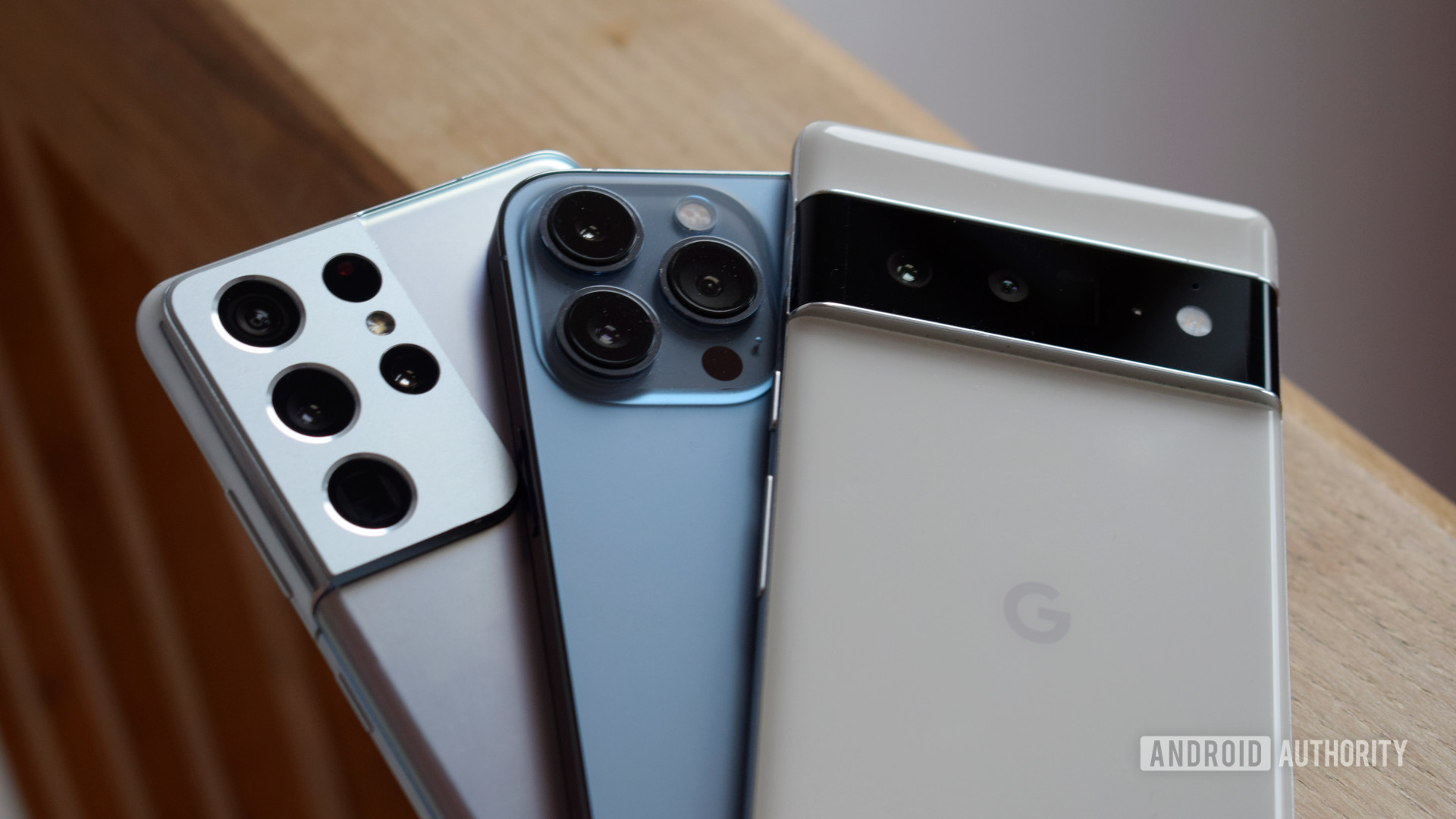
Robert Triggs / Android Authority
You've just lifted your new Android device from its packaging, and you're beaming. Maybe your hands are shivering with anticipation. Your mouth is dry and your pupils are dilated. Okay, perhaps you're not that excited, but a new phone is certainly a cause for celebration. What comes next, though? Here are some of the first things every Android owner should do with their phone when taking it out of the box. These little exercises will ensure that you get the most out of your device from day one.
Check out your device
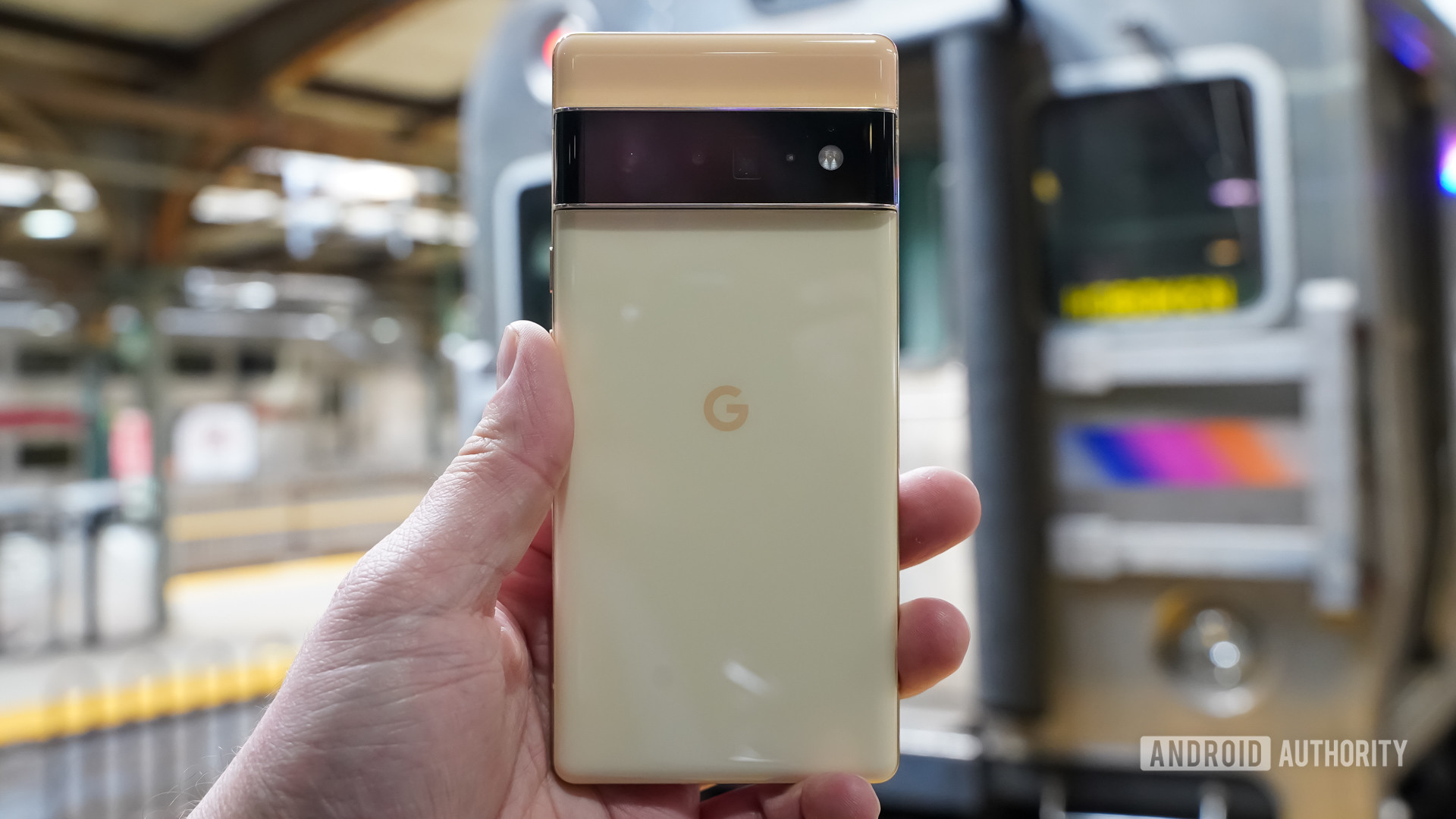
Eric Zeman / Android Authority
First of all, take a moment to really appreciate what you're holding in your hands. You are now the owner of a portable device so staggeringly futuristic that no science fiction writers saw it coming. Touch its screen in the right places, pizza will arrive at your front door. Or a man in Morocco will start talking to you. Or it will play videos of cats jumping into cardboard boxes. You are the all-powerful God of this pocketable screen.
Don't let all this power go to your head. You need to keep your composure long enough to ensure your device came with all the correct parts.
Go through all of your phone's packaging and take stock of everything. Review any warranty information, and take note of any extras. Most Android phones come with a SIM tool, so be sure not to throw that out if you ever want to install a new SIM card. You probably also got a charger and maybe even a nifty set of earbuds.
See also: What are your best options for phone insurance?
Prep for data downloading
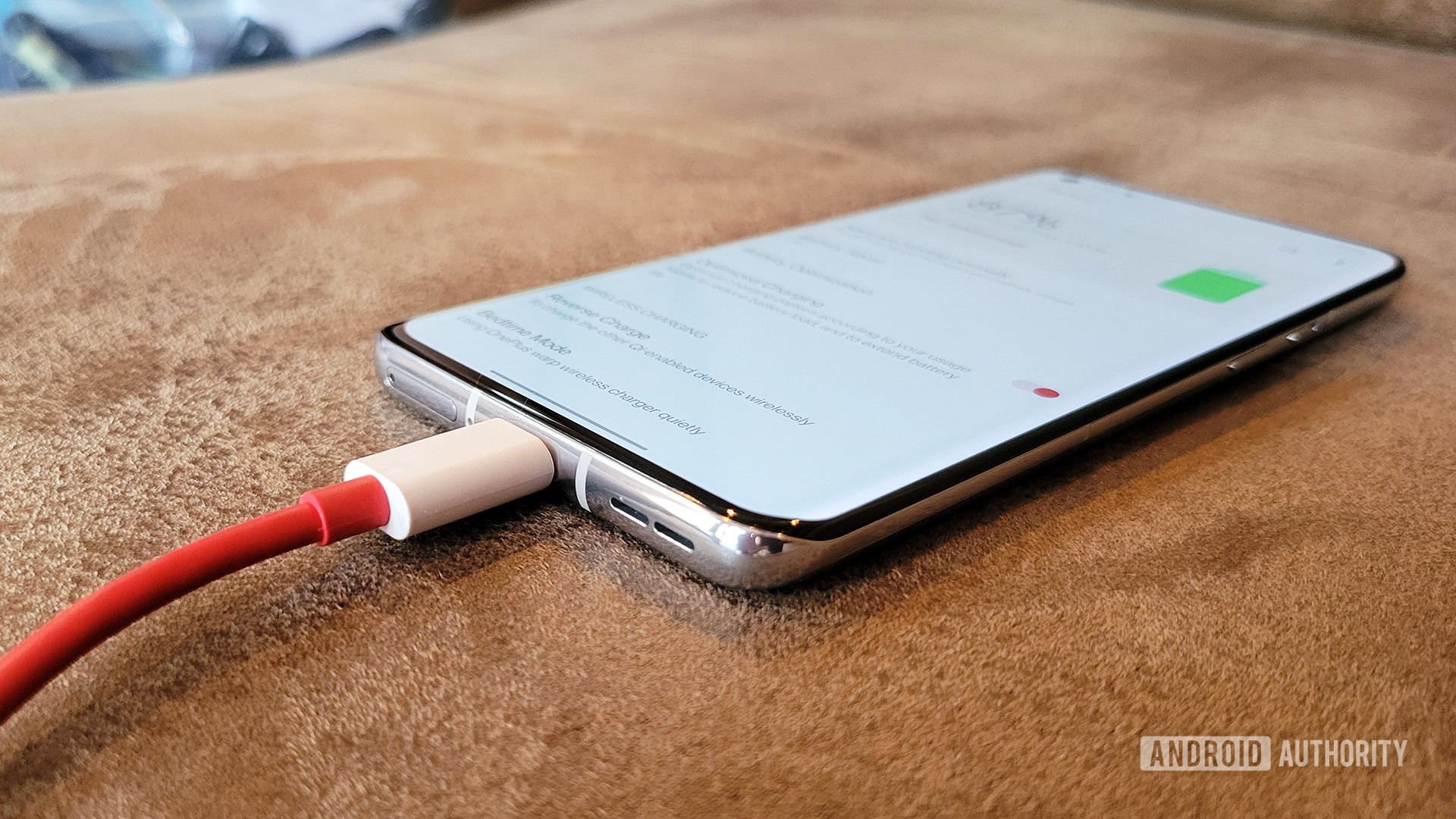
C. Scott Brown / Android Authority
Plug the phone in to get that battery charging. While many phones will come partially charged, they typically don't come fully topped off. You're going to be playing with your new toy for the next couple of hours, and you don't want it dying on you right in the middle of a crucial process.
See also:The best phone charging accessories
Also, you'll probably want to connect to a wireless network if one is available. Not all of us have unlimited data, and you're almost certainly going to be downloading a lot on your first day with your phone. It might not be a good idea to start eating into your monthly limit right away.
Log into Google and let the magic flow

Joe Hindy / Android Authority
When you turn on your device for the first time, a walkthrough will guide you through the setup process. This will vary a tiny bit from phone to phone, but one of the first things it will ask you to do is log into your Google account.
You can skip this step if you want, but we seriously don't recommend it. Logging into Google connects your device with many other services, and it's the first step toward personalizing your phone. Activating this account will automatically set up your email, calendar, and contacts list, and it will prepare your phone to synchronize your identity across devices. It's also required for the Play store.
If you've owned an Android device before, then you're about to witness some magic. After logging into your Google account, your phone will connect with the Google Play Store and attempt to download all your old apps. Before your very eyes, this stock device will transform into a faster, sleeker version of your old phone.
Disable bloatware
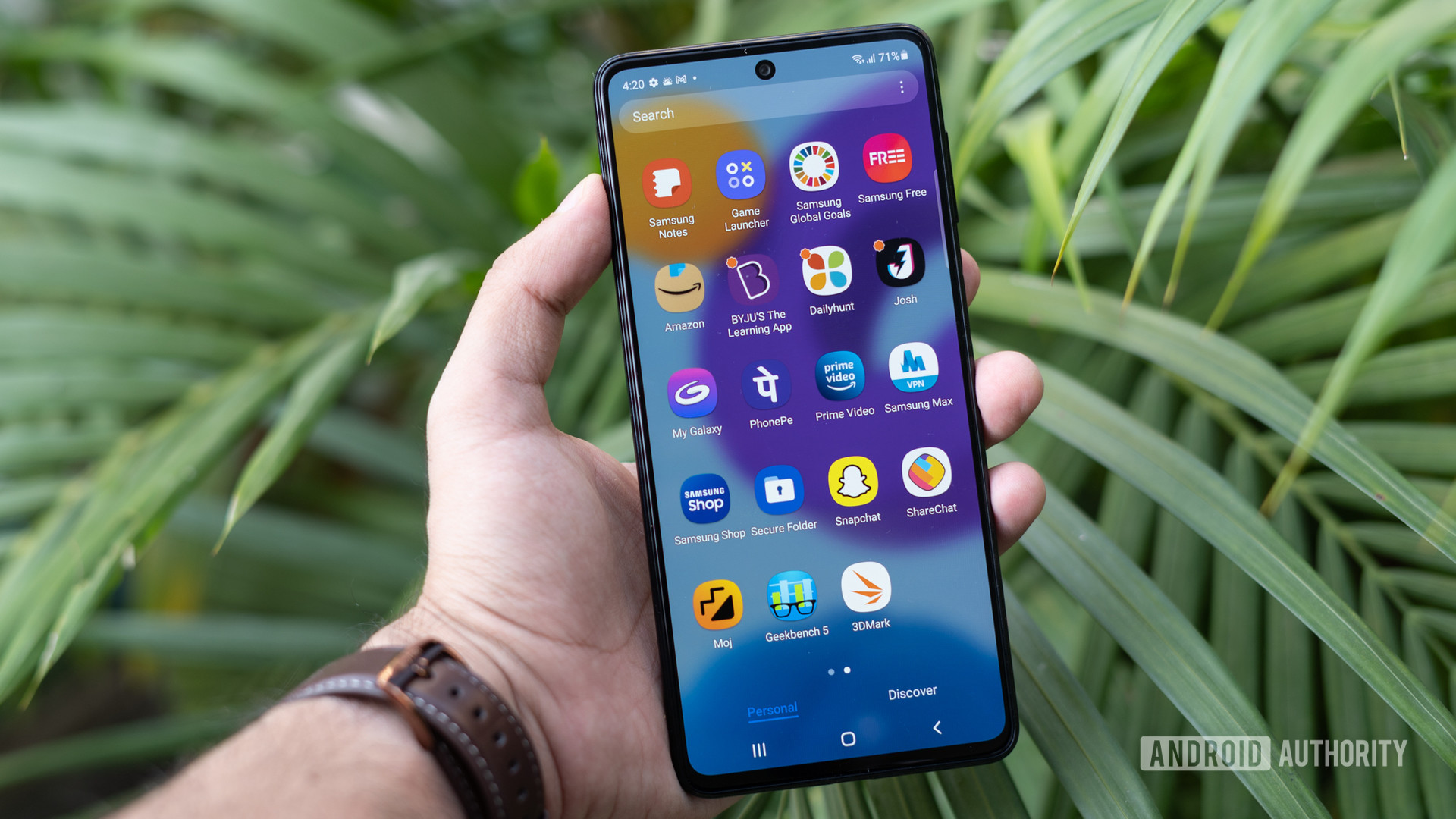
Dhruv Bhutani / Android Authority
Your phone likely came with a few apps pre-installed by the manufacturer or carrier that you didn't ask for and can't get rid of (unless you decide to root). These apps take up space and can slow your phone down. To maximize your phone's capabilities, you may want to ditch this stuff.
Once your phone is up and running, go to the Apps menu in your Settings and locate any apps that came pre-loaded on your phone. You might not be able to uninstall them, but you can disable them and uninstall any updates, which will keep the space they occupy to a minimum. Disabling an app also means you won't see it in the app drawer anymore.
A word of caution, however. If this is your very first Android device, you may want to keep the pre-installed apps around until you are sure you won't need them, they won't break a crucial part of your phone's experience or until you've found suitable alternatives in the Play store.
When going through your device's initial setup, it may also ask you to register for additional malware protection or other extra services. Feel free to skip these offers; you really shouldn't have to sign up for anything beyond your Google account during setup.
Set up your space and get some new apps too
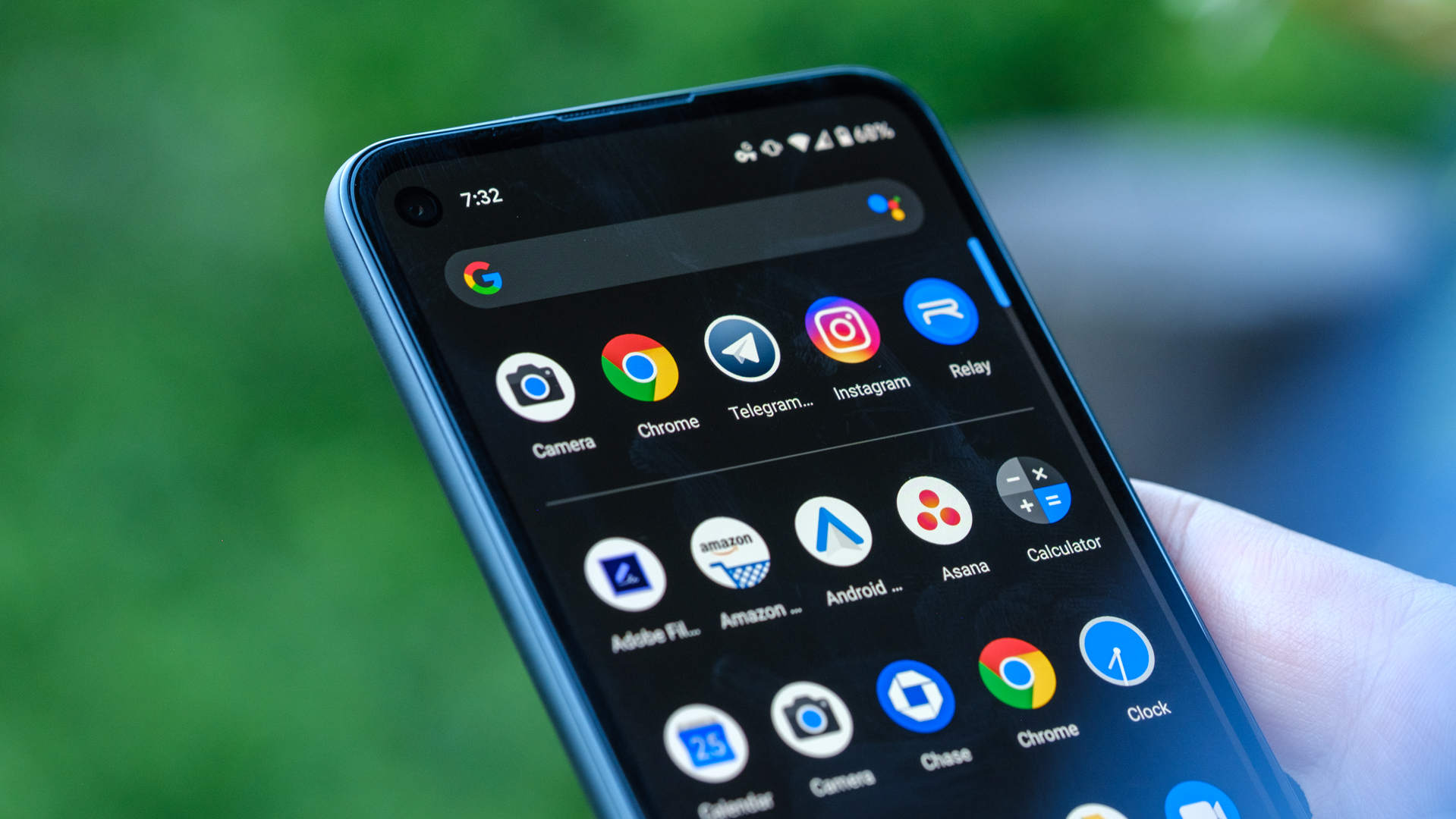
David Imel / Android Authority
Just because your phone is installing all your old apps doesn't mean you have to keep doing things the same way. Getting a new device is an excellent opportunity to kick some bad habits and start making better life decisions—or at least some better app decisions.
Visit the Play Store and check out alternatives to some of the apps you're using. You can also try out a different launcher, download a few new games, or opt for a new music player. If you're not a big fan of the keyboard installed on your device, grab a new one like Swiftkey, Chrooma, or Minuum. These pay attention to your typing habits and make texting a breeze.
It's also important to remember you'll still need to sign into Facebook, WhatsApp, Netflix, and whatever other services you have.
Once all the apps are installed, you can start customizing the device to your liking. You can set new wallpapers and ringtones and customize the home screen with app shortcuts and widgets. Don't forget to organize the quick toggles in the notification panel, adjust the screen brightness, and enable gestures and other valuable features your device might offer.
Secure your device
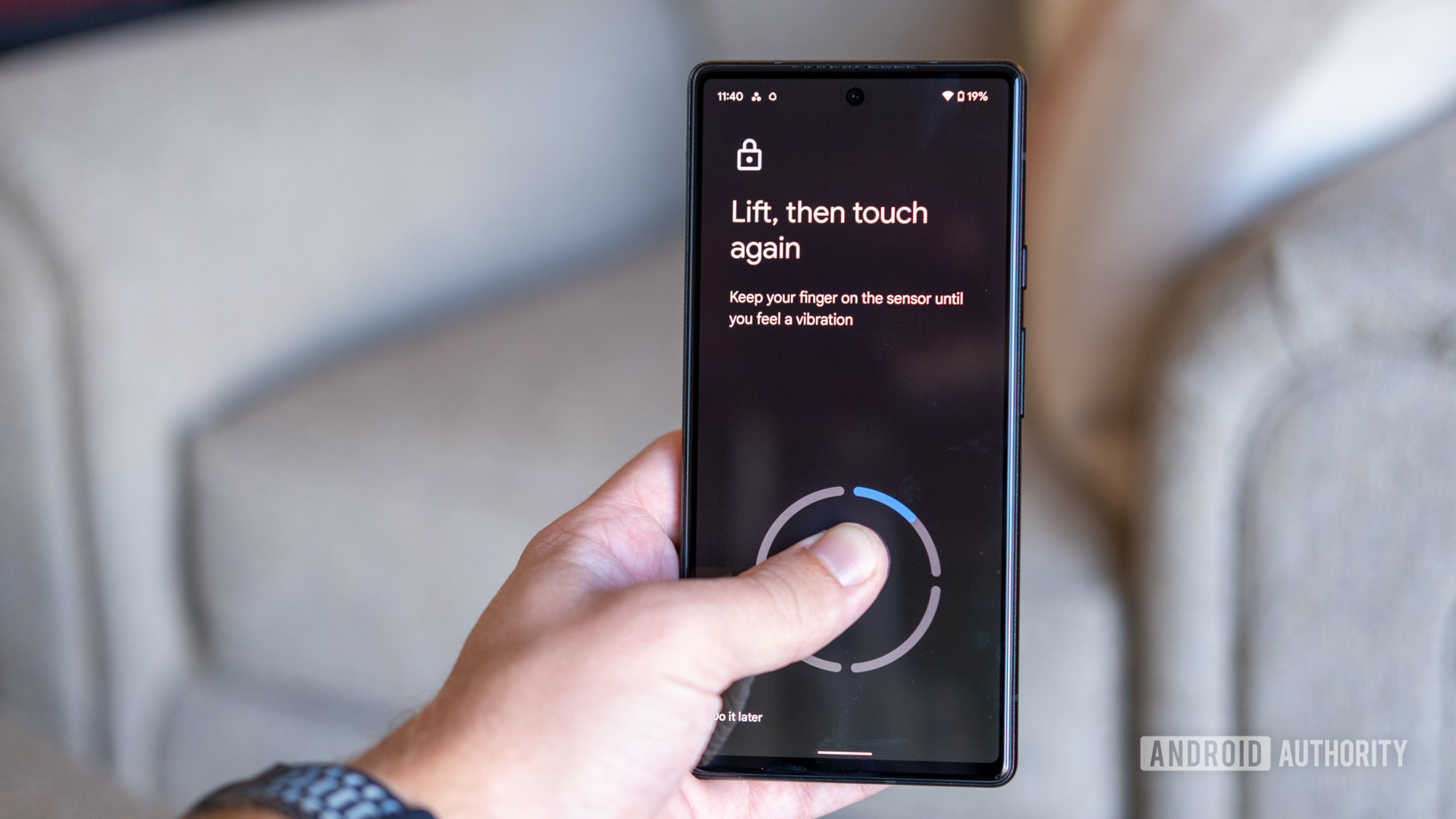
Ryan Haines / Android Authority
Your phone contains a lot of sensitive information, especially if you use it for banking, shopping, or pizza delivery. It's essential to set up solid security measures to protect your privacy and identity.
A PIN and a pattern lock are two security options available on most Android phones. Many of them also come with a fingerprint scanner or facial recognition features. Just remember that no biometric method is as safe as a password.
You can also check if your device has Smart Lock capabilities. Smart Lock is a pretty cool feature that lets your phone bypass the lock screen in certain situations. For instance, you can set up your phone to remain unlocked if it's in the vicinity of a particular Bluetooth device, like your car stereo. It may also be able to sense whether it has been set down or passed to a new user since the last time it was unlocked.
See next: The best password manager apps for Android
Make sure everything is up to date!
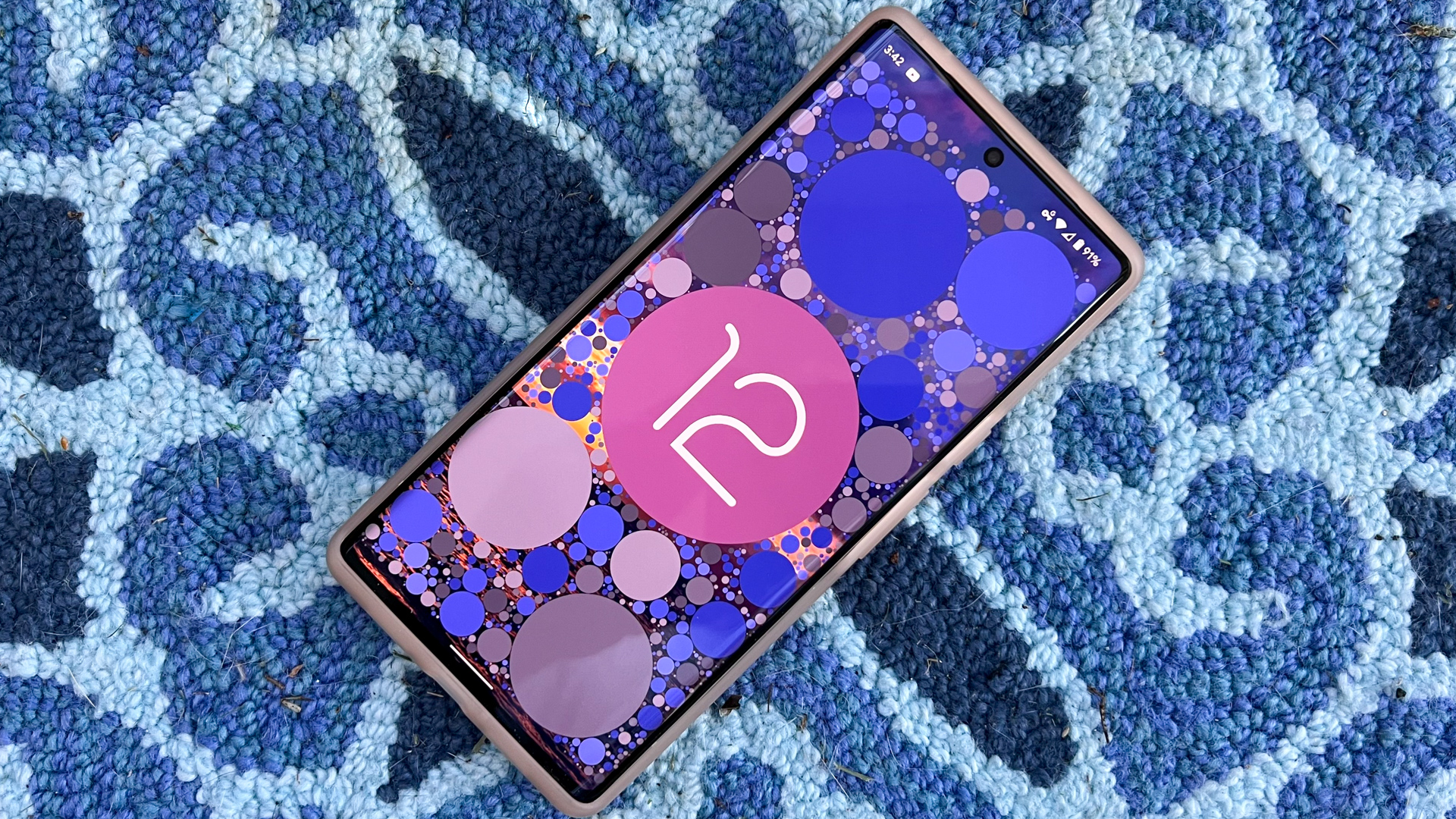
Eric Zeman / Android Authority
Google Pixel 6 Pro
There's a pretty big chance that your device might have a few updates waiting for you. Sometimes they will be minor fixes or speed improvements. Sometimes whole new versions of Android are waiting — especially if your new phone has been on the market for a little while. You can check for the latest software updates by going toSettings > System > System Updates, although the exact path may differ a bit from device to device.
In addition to the operating system, you can also update the pre-installed apps by visiting the Play Store, selecting "My apps & games" from the menu, and tapping the "Update all" button on top, if available.
Set up mobile data tracking
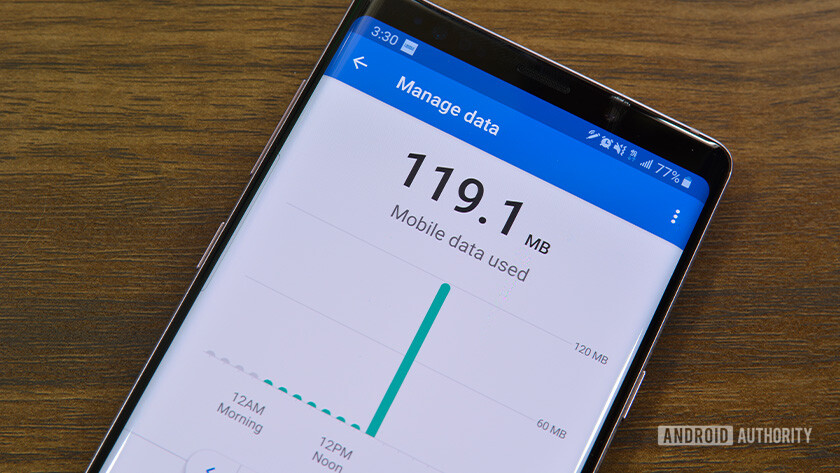
If you don't have an unlimited plan, monitoring how much data you have used in a given billing cycle is a must. Going over the limit because of all those cat videos you're watching on YouTube can get expensive.
Setting up mobile data tracking is a breeze. Head into your device's settings, tap on "Wi-Fi and Internet" followed by "Data usage," and then set the billing cycle and the amount of data your plan offers. Just keep in mind that the exact path may be a bit different depending on your device.
The next and final step is to enable a data warning and data limit. The former will notify you when you have used a predefined amount of data, while the latter will turn off cellular data once it reaches the limit you've set.
If you don't find the data tracking feature on your Android device, fear not, my friend. There are plenty of dedicated apps available on the Play Store, like My Data Manager, which you download via the button below.
Get to know your device
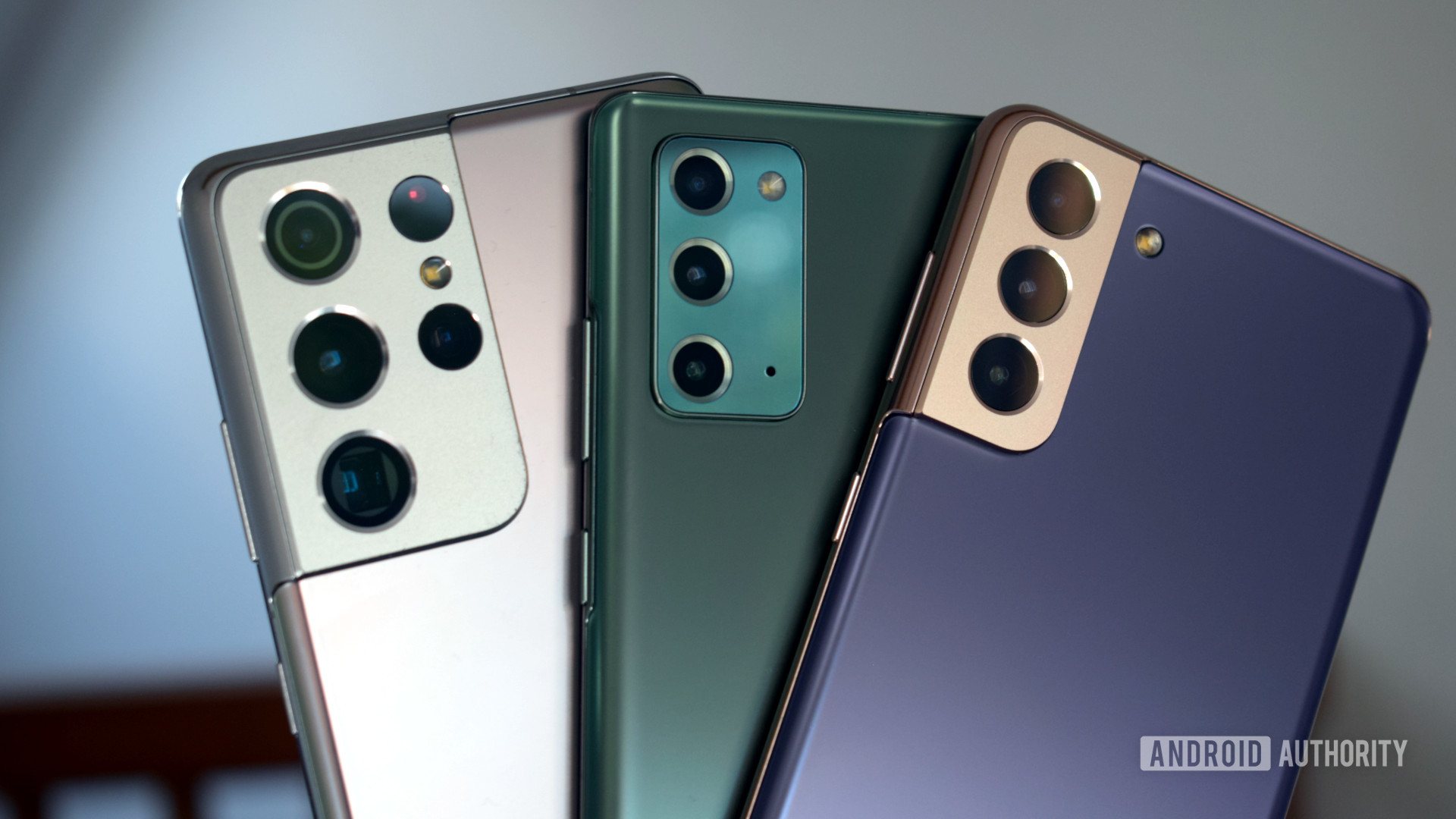
Robert Triggs / Android Authority
Take the time to investigate your phone's settings. Sift through the menus and submenus, and make mental notes about where various features reside. This can save a lot of time later on, and you might even discover some new things about your device.
As the Ancient Greeks (and the Oracle from the Matrix) said: "Know thyself." You put a lot of personal information on your phone, and you will probably use it for so much of your interpersonal communications, so your phone is a little bit like an extension of yourself. Don't let it be a stranger!
Think of setting up a new phone as you would moving into a new place. Don't just leave those rooms empty. Move your old familiar furniture in and hang a few new pictures. Spruce the place up. Give it a thorough cleaning. After all, you're going to be living here for a while.
How to Put My Internet Back on My Android Phone
Source: https://www.androidauthority.com/first-things-new-android-phone-setup-631133/
0 Response to "How to Put My Internet Back on My Android Phone"
Post a Comment